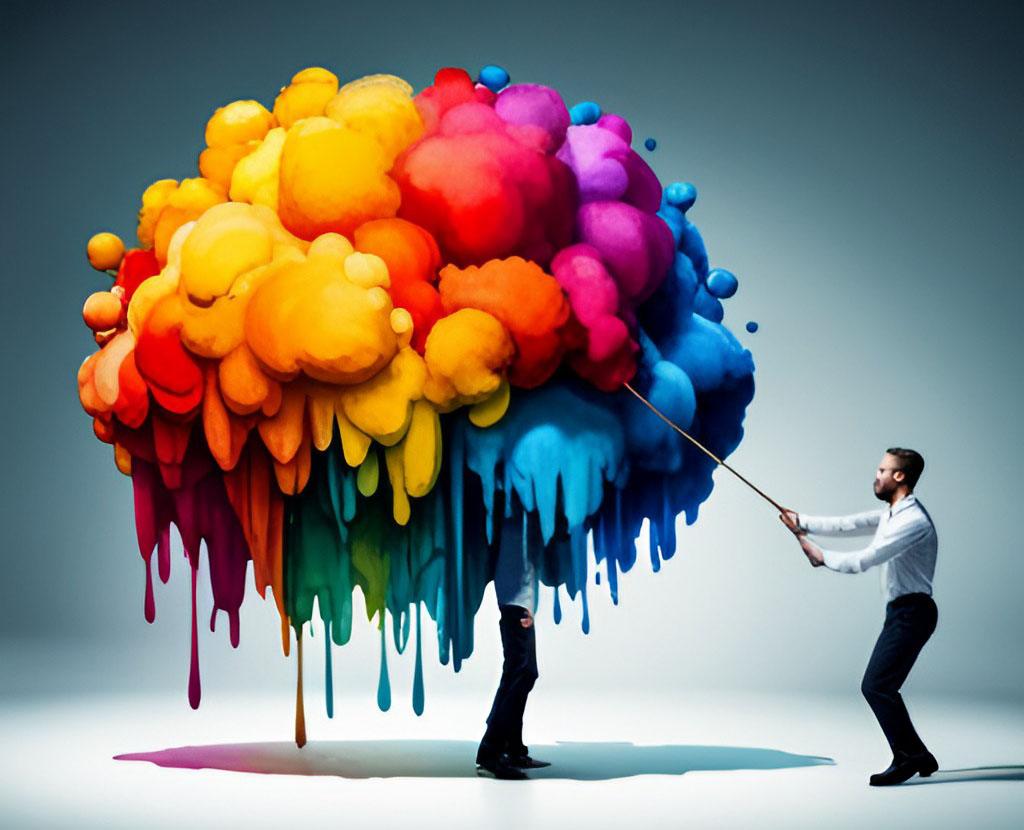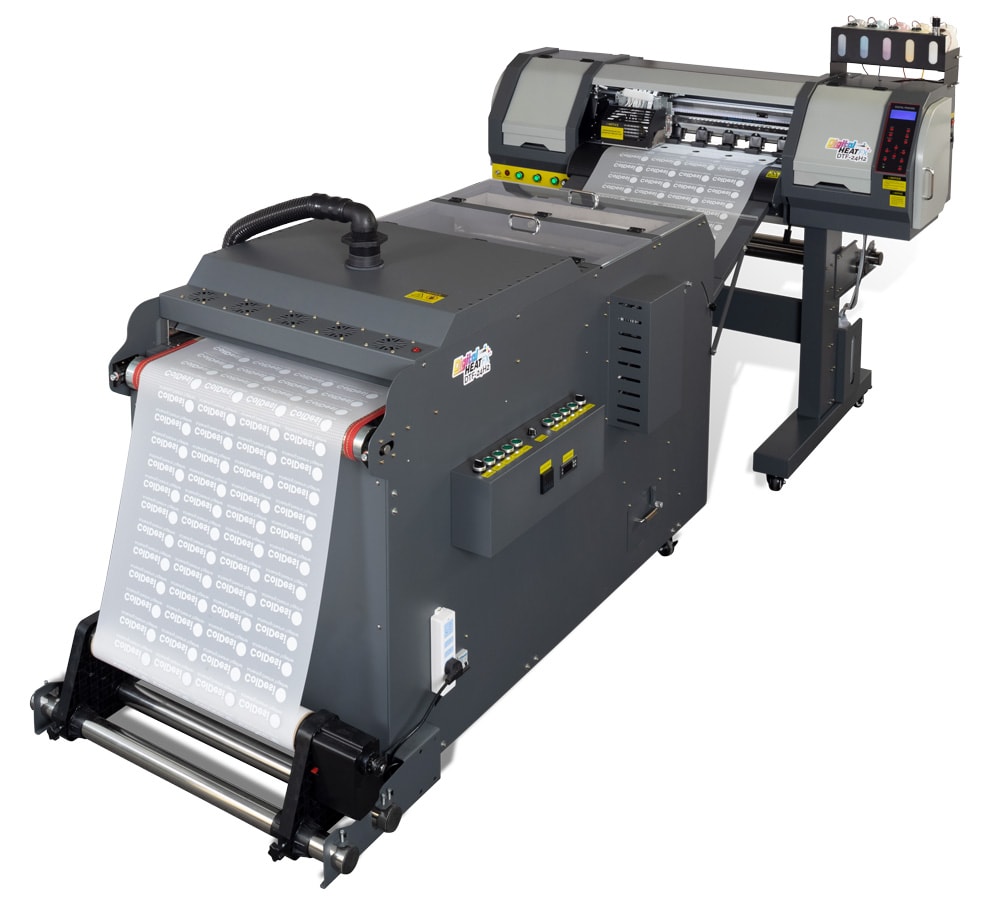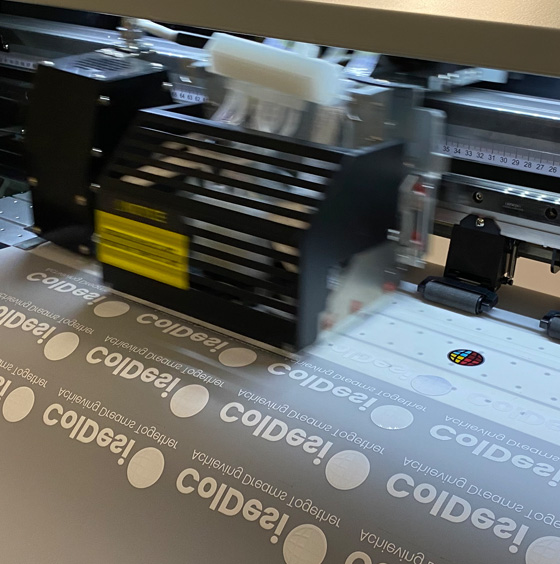Graphic Art For Direct To Film Printing

Direct to film printing is a great way to produce stunning, high-quality graphic art t-shirts. It allows for the creation of beautiful, vibrant images that last for years to come. But you’ll want to make sure that your artwork is prepared for DTF Printing before you go to print.
The process of direct to film printing is relatively simple and can be done with any number of different printing techniques. With the right artwork and a bit of preparation, you can create a stunning t-shirt design that will get your message out. That will help your group come together.
In this article, we’ll look at how to prep your artwork for direct to film. How to choose the right film, preparing your graphic art for printing, printing techniques for direct to film, and caring for your printed graphic art.
Benefits of Direct to Film Printing
Direct to film printing offers considerable advantages, notably increased efficiency and cost-savings. This method of digital printing is fast, allowing for greater turnaround times than traditional printing methods. It is also much more cost effective, with no need for plates, inks, or other materials. Additionally, direct to film printing allows for a much higher resolution than standard printing methods, resulting in better quality prints.
Next, DTF printing allows for more precise color reproduction, making it ideal for printing graphics and artwork compared to screen-printing. It also eliminates the need for multiple screens, making the process more streamlined. Overall, direct to film printing offers a number of advantages that make it an ideal choice for graphic art printing.
Choosing the Right Size Printer for Your Graphic Art
If you’re exploring DTF printer options, ColDesi may be a suitable choice. Their DTF printers have garnered attention in the garment printing field due to their advanced technology, which can produce sharp, colorful prints. Also less maintenance.
Using a ColDesi DTF printer, you can enjoy a simple, user-friendly interface, removing the need for complex setting adjustments. This ease of use enables quick, quality DTF printing. These printers might just redefine your printing experience.

The matching of the DTF film size to the DTF printer’s output size plays a significant role in achieving top-notch prints. ColDesi acknowledges this, offering support to help you get the right film size. Their support team is available for guidance and advice, ensuring a harmonious match between your DTF printer and film size.
Selecting the right film involves considering your artwork’s size, shape, and type. And then comparing that to your printer’s output.
Preparing Your Graphic Art for Printing
Once you have chosen the right film for your graphic artwork, you’ll need to prepare it for printing. Preparing your graphic art for printing is an important step in the process, as it ensures the highest quality image possible. The most important thing to consider is the size and resolution of the image.
You’ll want to make sure that the image is large enough and has a high enough resolution to be printed on the film without losing any detail. You may also need to adjust the size of the film itself to ensure that the printing will look good.
Once you have the right size and resolution for your art, you’ll need to make sure that the colors are correct. You’ll need to make sure that the colors are as close to the original artwork as possible, and that the colors appear correctly on the film.
This may require some adjustments in the image itself, or you may need to adjust the film to make sure that the colors are accurate. Finally, you’ll need to ensure that the graphic art is properly aligned on the film, so that the image will be printed correctly.
DTF prints require a high level of detail to ensure that every shade and color is accurately reproduced. But it’s not just about setting the resolution to the highest possible setting; there are other factors to consider, such as the ink density and the type of mesh used.
By taking all of these factors into account and adjusting the resolution accordingly, you can achieve stunning, crisp, and vibrant prints that stand out from the rest.
Frequently Asked Questions
What is the cost difference between Direct to Film Printing and other printing methods?
The cost of direct to film printing is usually more expensive than other printing methods due to the specialized equipment and processes needed. However, the results can be worth the extra cost.
- What type of printer is best suited for Direct to Film Printing?
For direct to film printing, laser printers are generally considered the most suitable option, as they provide the highest quality output.
- What are the environmental impacts of Direct to Film Printing?
Direct to film printing can cause emissions of volatile organic compounds, which can harm air quality and contribute to smog. In addition, it can use significant amounts of energy and produce waste materials.
- Is there a minimum or maximum size for Graphic Art to be printed using Direct to Film Printing?
No, there is no minimum or maximum size for graphic art to be printed using direct to film printing.
- Are there any special safety considerations when using Direct to Film Printing?
No, there are no special safety considerations when using direct to film printing. However, it is important to ensure that the equipment is operated properly and that protective clothing is worn.
Conclusion
Direct to film printing is an excellent way to bring your graphic art to life. It can produce high-quality images with greater detail and vibrancy than other printing methods. You’ll need to choose the right film for your project, prepare your art for printing, and use the right techniques to get the best results.
With a little extra care and attention, your printed graphic art will be sure to stand out. Overall, direct to film printing is a great way to showcase your work. With the right materials and techniques, you can create stunning art that will last for years to come.

